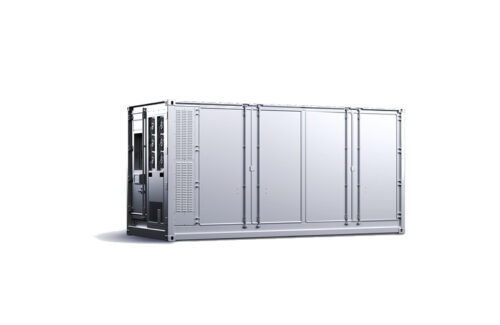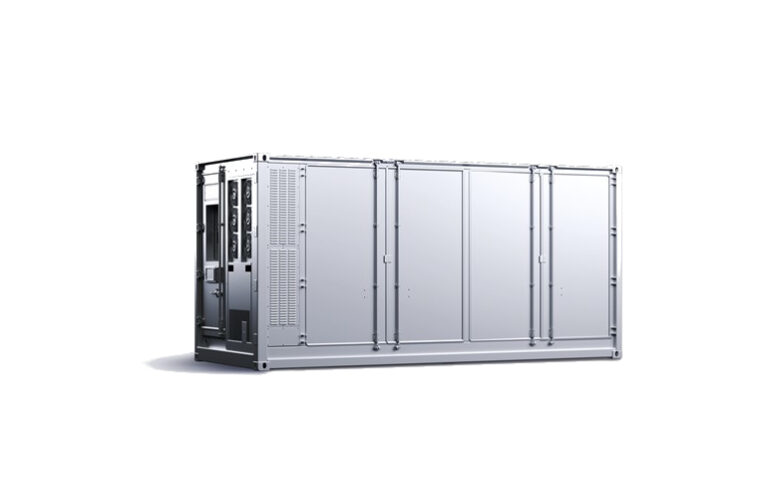CAT has unveiled TENER, a 6.25 MWh energy storage system that shows no degradation in the first five years of use.
 While preventing capacity degradation during the first five years of use is a significant advance in extending battery life, zero energy degradation is also important for energy storage plants looking to meet the demands of new electrical power systems. By using biomimetic SEI (solid electrolyte interphase) and self-assembled electrolyte technologies, TENER has removed the roadblocks to the movement of lithium ions and achieved zero degradation for both power and capacity, ensuring zero growth in auxiliary power consumption throughout its life cycle is guaranteed, making for a “timeless” energy storage system, the company claims.
While preventing capacity degradation during the first five years of use is a significant advance in extending battery life, zero energy degradation is also important for energy storage plants looking to meet the demands of new electrical power systems. By using biomimetic SEI (solid electrolyte interphase) and self-assembled electrolyte technologies, TENER has removed the roadblocks to the movement of lithium ions and achieved zero degradation for both power and capacity, ensuring zero growth in auxiliary power consumption throughout its life cycle is guaranteed, making for a “timeless” energy storage system, the company claims.
CATL says it has solved the challenges caused by highly active lithium metals in batteries without degradation, effectively helping to prevent thermal flooding caused by oxidation reactions.
TENER achieves a capacity of 6.25 MWh in the standard 20-ft TEU container, representing a 30% increase in energy density per unit area and a 20% reduction in the station’s total footprint, increasing the energy density and efficiency are improved through innovative design within a limited space.
TENER is equipped with long-life, zero-degradation LFP cells tailored for energy storage applications, achieving an energy density of 430 Wh/L.
To achieve ultimate safety in energy storage, CATL has established a quality management system that includes technology development, pilot testing, operation monitoring and safety failure analysis. It sets different safety goals as required by different scenarios, and then develops the associated safety technology to achieve those goals. To ensure the effectiveness of such technologies, CATL has built a validation platform to simulate the safety test of energy storage systems in different power grid scenarios. After the project is commissioned, CATL continuously monitors the operating status through AI-powered risk monitoring and intelligent early warning, calculates the failure rate of energy storage products throughout their life cycle, thereby verifying and continuing to optimize safety design goals.
CATL has reduced the failure rate to the PPB level for cells used in TENER, which, when extended to the entire life of the system, can effectively reduce operating costs and significantly improve IRR (internal rate of return).
News item from CATL


